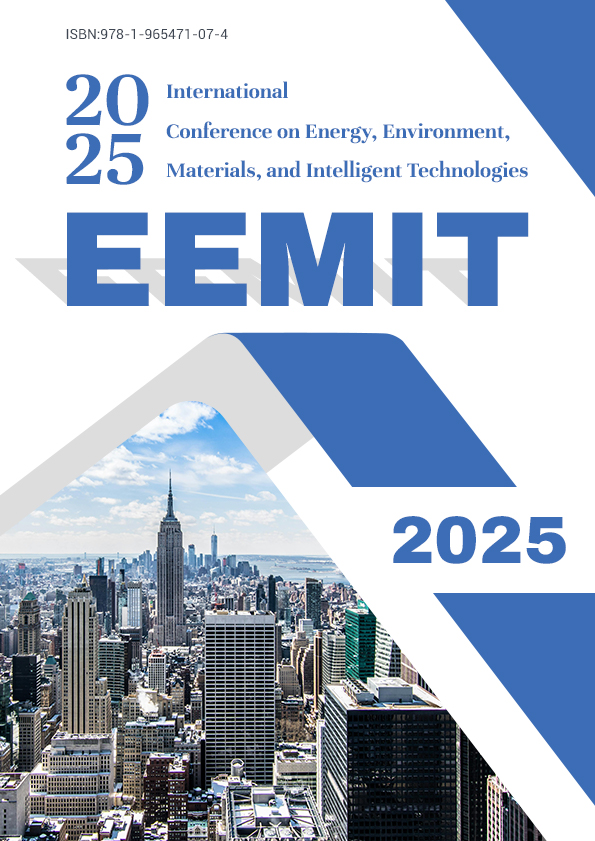A National Census of Undergraduate Wind Tunnel Access Across U.S. Aerospace Programs

Authors:
Antonino Subijano, Aldrin Calderon
Keywords:
aerospace-engineering education; wind tunnel; curriculum integration; experiential learning; ABET; speed-class distribution.
Doi:
10.70114/acmsr.2025.4.1.P20
Abstract
Hands-on wind-tunnel experimentation is widely assumed to underpin undergraduate aerospace curricula, yet no census has quantified how broadly and how early those facilities are employed. This study inventories every U.S. stand-alone bachelor’s program accredited by ABET for the 2024-25 cycle whose degree title centers on aerospace or aeronautics (e.g., Aerospace Engineering; Aerospace Engineering Sciences; Aeronautical & Astronautical Engineering), excluding mechanical-engineering majors with aerospace tracks. The resulting population comprises 69 programs. Program websites, course catalogs, laboratory syllabi, and accreditation self-studies were coded for (i) tunnel speed class (sub-, super-, hypersonic), (ii) number of tunnels per class, (iii) earliest year in which undergraduates perform a tunnel experiment, and (iv) institutional Carnegie research tier. By shifting the question from “which programs have tunnels?” to “how advanced and how early?”, these findings highlight both a sector-wide commitment to experiential learning and resource-driven disparities in speed capability. The benchmark aids departments considering investments in high-speed tunnels and informs ABET outcome mapping amid growing pressure to virtualize labs.


